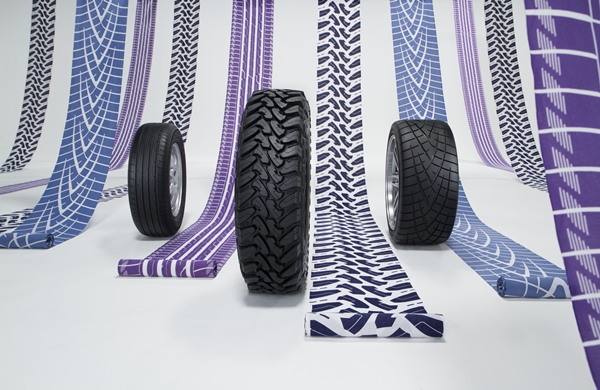James Brown
Get on Up James Brown – Discover Who Sampled Mr. Dynamite: – like this timeline Universal Music did in conjunction with whosampled.com. At one stage The Funky Drummer and Lyn Collins ‘Think’ produced by James Brown seemed to underpin every record.
Design
Color-changing ‘Stained Glass’ Made With Energy-storing DSSCs | Nikkei TechOn! – interesting materials for experiential stuff
There’s Good News About Ford’s Hardcore New Truck | TIME – interesting that Ford has gone with an aluminium monocoque
FMCG
P&G to shelve majority of its brands | Marketing Interactive – interesting move, one that Unilever did a number of years ago. It follows on from them apparently getting rid of marketers
New Confectionery Data – What is it Telling Us? | Euromonitor International – interesting dynamics including cost of cocoa
Hong Kong
Jimmy Lai describes Occupy Central organisers as ‘having no strategy’ in leaked email | SCMP – no one is asking who is leaking this stuff and why
Luxury
Diane Von Furstenberg To Launch Fashion Jewelry Line : News : Fashion Times – interesting move particularly in light of global jewellery sales dropping overall
Marketing
How Facebook Sold You Krill Oil – NYTimes.com – A few years ago, the company was telling brands to increase the number of people following their pages. Now it says fans are largely irrelevant. Until late last year, it was promoting the power of ads in which people’s likes and comments about a brand were turned into endorsements sent to their friends. After legions of user complaints — and a class-action lawsuit — Facebook switched gears again. Now it boasts about its ability to pinpoint potential customers on their cellphones and Facebook.com based on its data about them. (Paywall)
A new creative tool to help your Facebook ads | Marketing Interactive – optimise ad visuals
Online
Rakuten: Viber has 608 million registered accounts, is the future of our company – I really like Rakuten as a business, but I think that they are putting too much faith in Viber. I have an account on Viber but seldom use it
With the launch of its CDN, it’s clear Apple is just as webscale as Facebook or Google — Tech News and Analysis – the interesting thing about this is that Apple still is working on the assumption of a ‘dumb cloud, smart device’ philosophy because it recognises that even when it’s at the last mile networks are imperfect. This is in stark contrast to Google
Security
China boots Kaspersky and Symantec off security contractor list | The Register – Symantec I can understand, but Kaspersky was an interesting move
Exclusive: Hackers Infiltrate Chinese TV Station | Foreign Policy – it was a foolish prank at best. But it is interesting that digital television is vulnerable to hacking like this, classic digital interruptive move
How one judge single-handedly killed trust in the US technology industry | ZDNet – interesting American op ed. The problem is that American exceptionalism is now affecting American digital commerce
Bits Blog: Judge Rules That Microsoft Must Turn Over Data Stored in Ireland | New York Times – I thought that this was the case anyway with the Patriot Act? (paywall)
Technology
Now that it’s conquered recruiters, LinkedIn is going after salespeople | Quartz – I thought that they had doubled down on sales people a good while ago?
Every company is becoming a data company – Quartz – its a bit like saying every company became an electronics company 20 years ago. People still think of them in their categories, except where the category has been marginalised – a car will still be a car even if it now features an onboard data centre and cloud connectivity
This Box Can Hold an Entire Netflix | Gizmodo – storage and power density on this is huge
Web of no web
New indoor positioning system lets you do Batman-like echolocation on your phone | ExtremeTech – this could be invaluable for app augmented retailing
Wireless
TfL Propose Scrapping Text Payment For C-Charge | Londonist – interesting move reflecting decline of SMS and feature phones


